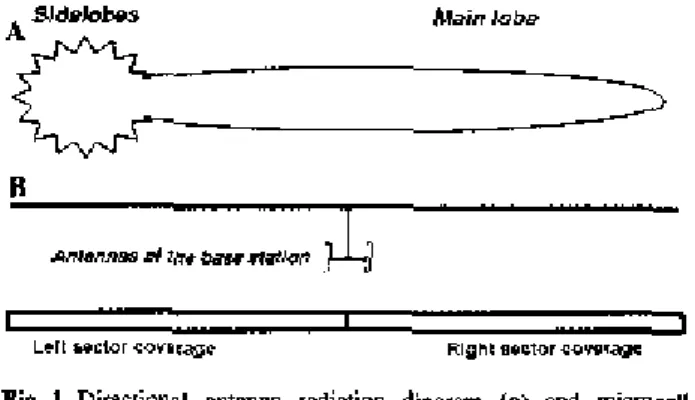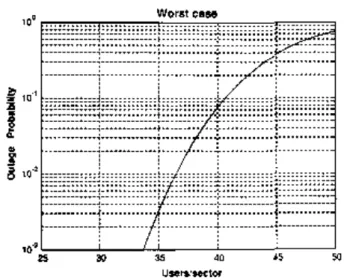WCDMA Uplink Capacity of a Long Tunnel Cigar-shaped Microcells for Underground Train Service
Texto completo
Figure




Documento similar
“ CLIL describes a pedagogic approach in which language and subject area content are learnt in combination, where the language is used as a tool to develop new learning from a
Using a large sample of Spanish manufacturing firms over the period 1990-2011, we estimate a bivariate probit model to assess the role of capacity constraints and other
By adding nonlocal relativistic four-fermion interactions to the free homeotic theory, we obtain a causal interacting field theory with a well-defined unitary S-matrix.. Indeed
Having emerged from the long tunnel of Autarchy to embark on the slow recovery which took place during the 1960s, the last 25 years have seen the Spanish railway make a dynamic
Results show that the uplink capacity will be interference and noise limited if the femtocell is deployed to serve the users in five floors.. Finally, it is found that the effect of
In this work, for cigar-shaped microcells in rural high- ways zones, we use a two-slope propagation model with gen- eral exponent and then investigate the multi-service sector
Abstract: The multi-service (voice, data and HSUPA) uplink capacity and the interference statistics of the sectors of the cigar-shaped WCDMA microcell are studied using a model of
“A new hybrid mode-matching/numerical method for the analysis of arbitrarily shaped inductive obstacles and discontinuities in rectangular waveguides,” IEEE Transactions on